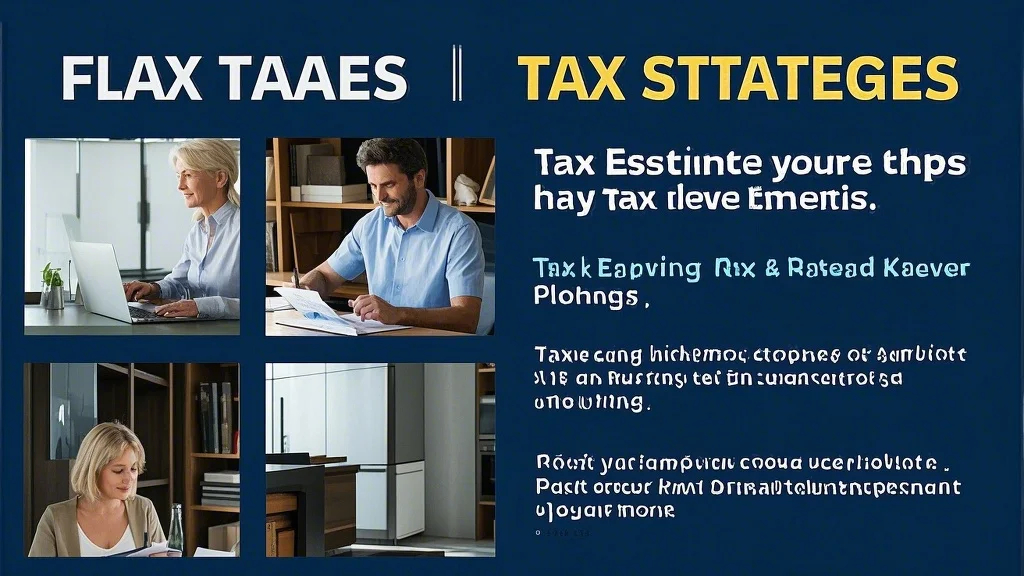Developing Effective Rental Income Strategies
Creating successful rental income strategies requires a comprehensive understanding of the rental market and tenant needs. Start by analyzing local market trends, including average rental prices, vacancy rates, and tenant demographics. Consider the type of tenants you want to attract – families, professionals, or students – as this will influence your property selection and management approach. It’s crucial to calculate your potential return on investment carefully, factoring in not just the rental income but also expenses like property taxes, maintenance, and property management fees. Many successful landlords recommend starting with a single property to gain experience before expanding your portfolio. Remember, the key to consistent rental income is maintaining high occupancy rates while minimizing expenses.
Identifying the Best Rental Properties
Choosing the best rental properties involves more than just finding a good deal on a property. Location is paramount – look for areas with strong rental demand, good schools, and access to amenities like public transportation and shopping centers. The property’s condition is also crucial; while some renovation can increase value, extensive repairs can quickly eat into your profits. Consider the property’s layout and features – properties with multiple bedrooms and bathrooms often attract more tenants and command higher rents. It’s also wise to research the neighborhood’s future development plans, as these can significantly impact property values and rental demand. Successful investors often focus on properties that offer both immediate rental income and long-term appreciation potential.

Essential Property Investment Advice
When seeking property investment advice for rental properties, it’s important to consult with experienced professionals. A knowledgeable real estate agent can provide valuable insights into local market conditions and help identify promising properties. Financial advisors can assist in structuring your investments to maximize tax benefits and minimize risk. It’s also crucial to understand the legal aspects of being a landlord, including tenant rights, lease agreements, and local housing regulations. Many successful investors recommend building a team of reliable professionals, including a property manager, accountant, and maintenance contractors. Remember, while advice from experienced investors can be invaluable, it’s important to make decisions that align with your specific financial goals and risk tolerance.
Creating Real Estate for Passive Income
Building a portfolio of real estate for passive income requires careful planning and management. While rental properties can provide passive income, achieving true passivity often requires hiring a property management company. These professionals can handle tenant screening, rent collection, and property maintenance, allowing you to enjoy the income without the day-to-day responsibilities. It’s important to factor in the cost of property management when calculating your potential returns. Some investors choose to invest in real estate investment trusts (REITs) or crowdfunding platforms as alternative ways to generate passive income from real estate. Regardless of the approach you choose, it’s crucial to regularly review your investments and make adjustments as needed to maintain profitability.
Practical Investment Property Tips
Implementing practical investment property tips can significantly enhance your chances of success in the rental market. Start by thoroughly screening potential tenants to reduce the risk of late payments or property damage. Regular property maintenance is essential for preserving the value of your investment and keeping tenants satisfied. Consider offering incentives for long-term leases to reduce turnover and vacancy rates. It’s also wise to stay informed about local market trends and adjust your rental prices accordingly. Many successful landlords recommend setting aside a portion of rental income for unexpected expenses or vacancies. Remember, successful property investment requires both strategic planning and attention to detail in day-to-day management.
Building a Sustainable Rental Property Portfolio
Developing a sustainable portfolio of rental properties requires a long-term perspective and careful financial planning. Start by setting clear investment goals and determining your desired rate of return. Diversification is key – consider investing in different types of properties in various locations to spread risk. It’s important to maintain a healthy cash reserve to cover unexpected expenses or periods of vacancy. Regularly review your portfolio’s performance and be prepared to make adjustments, such as selling underperforming properties or acquiring new ones in more promising markets. Many successful investors recommend reinvesting a portion of rental income into property improvements or additional acquisitions to grow your portfolio over time. Remember, building a successful rental property portfolio is a marathon, not a sprint, requiring patience, persistence, and continuous learning.
